基于神经网络的发动机预测燃烧放热率研究毕业论文
2020-04-12 15:38:37
摘 要
由于双燃料发动机在经济性、环保性、动力性能等方面具有众多优点,其成为未来发动机发展的重要方向,为实现多元化的能源结构、降低排放和运营成本等目标,开展船用双燃料发动机研究具有十分重要的意义,目前对于双燃料发动机燃烧机理的认识仍不够透彻,对于神经网络应用于发动机的研究不够深入,在此背景下,本文绕过发动机缸内复杂的燃烧过程,运用神经网络黑箱模型的研究思想,对发动机的燃烧过程进行神经网络建模,使模型具备精准预测发动机的燃烧放热率的能力,对于双燃料发动机的研究具有一定的创新和借鉴意义。
本文以船用中速双燃料发动机为对象,基于双燃料发动机多维性能仿真模型的研究数据上,建立了基于神经网络的双燃料发动机燃烧热效率仿真模型。
论文的研究内容主要包括(1)研究了影响双燃料发动机热效率的影响因素,由选定控制参数出发,对于多条放热率曲线进行了参数化分析,确定用于描述放热率曲线的四个特征参数以及曲线特征方程--GaussAmp方程;
(2)建立了基于神经网络的双燃料发动机燃烧热效率仿真模型,神经网络模型以增压空气压力、引燃油喷射提前角和燃气喷射量三个控制参数为模型输入量,四个曲线特征参数作为模型的输出值;
(3)利用了开发的神经网络模型完成特定工况下的放热率预测仿真计算,并将其预测结果与实际获得的放热率曲线进行对比验证,以验证神经网络模型的准确性。
试验结果表明:对比真实值其误差值不超过5%,本文研究的神经网络模型可反应出双燃料发动机控制参数和放热规律之间的非线性关系,可对发动机不同控制参数条件下的燃烧过程进行模拟仿真。基于神经网络的双燃料发动机燃烧放热率预测模型具有一定的的准确性,并且此方法是可行的,对双燃料发动机的仿真建模工作具有一定的技术支持。
关键词:神经网络;双燃料发动机;预测模型
Abstract
As the dual-fuel engine has many advantages in economy, environmental protection and dynamic performance, it becomes an important direction for future engine development, and it is very important to study the dual fuel engine for the purpose of realizing diversified energy structure, reducing emission and operating cost, At present, the understanding of the combustion mechanism of the dual fuel engine is not thorough enough, the research of the neural network applied to the engine is not deep enough, in this background, this paper bypasses the complicated combustion process in the engine cylinder, and uses the research idea of the black box model of the neural network to model the combustion process The model has the ability to accurately predict the combustion heat release rate of the engine, which can guide the optimization improvement of the fuel injection system and the whole machine matching scheme, and has a certain innovation and reference significance for the research of the dual fuel engine.
Based on the research data of the multidimensional performance simulation model of dual fuel engine, a simulation model of combustion efficiency of dual fuel engine based on neural network is established in this paper.
The research contents of the thesis mainly include (1) study the influence factors of the thermal efficiency of the dual-fuel engine, from the selected control parameters, to the parametric analysis of the multiple heat release rate curve, to determine the four characteristic parameters and the--gaussamp equation of the curve characteristic equation for describing the heat release rate curve;
(2) The simulation model of combustion efficiency of dual-fuel engine based on neural network is established, and the model is input from three control parameters of pressurized air pressure, fuel injection advance angle and gas injection quantity, four curve characteristic parameters as the output value of the model.
(3) The artificial neural network model is used to simulate the heat release rate of a given condition, and the predicted results are compared with the actual heat release rate curve to verify the accuracy of the neural network model.
The experimental results show that the error value of the contrast real value is not more than 5%, the neural network model studied in this paper can reflect the nonlinear relationship between the control parameters and the heat release law of the dual fuel engine.It can simulate the combustion process under different engine control parameters. The prediction model of combustion heat release rate of dual fuel engine based on neural network has certain accuracy, and this method is feasible, it has certain technical support to the simulation modeling work of dual fuel engine.
Keywords: Neural network; dual fuel engine; prediction model
目录
第一章 绪论 1
1.1目的及意义 1
1.1.1研究目的 1
1.1.2研究意义 1
1.2国内外研究现状 2
1.2.1发动机燃烧模型仿真研究现状分析 2
1.2.2发动机神经网络模型仿真研究现状分析 3
1.3 技术路线 3
第二章 双燃料发动机放热率数据的获取 5
2.1发动机技术参数 5
2.2 控制参数的选定 5
2.2.1引燃油喷射提前角对燃烧特性的影响 6
2.2.2燃气喷射量对燃烧特性的影响 6
2.2.3增压空气压力对燃烧特性的影响 6
2.3数据获取 7
第三章 放热率曲线的参数化计算 8
3.1放热率曲线参数化 8
3.1.1曲线特征参数及特征方程 8
3.1.2拟合结果的验证 8
3.2数据处理 10
第四章 人工神经网络模型的开发 12
4.1人工神经网络概述 12
4.2神经网络模型搭建 13
4.2.1神经网络结构设计 13
4.2.2样本选取及归一化处理 13
4.2.3隐层节点数的确定 13
4.2.4 传递函数和学习算法的选择 14
4.3仿真结果及验证 14
第五章 总结与展望 18
5.1总结 18
5.2展望 18
参考文献 19
致谢 20
绪论
双燃料发动机已经成为未来发动机的发展方向,其研究具有重要意义,本章通过探索神经网络预测发动机燃烧放热率的目的及意义,确定了本次研究的必要性,然后通过阅读国内外相关文献,评估了发动机仿真模型和神经网络研究的发展现状,确定了本次研究的方向和基本内容。
1.1目的及意义
1.1.1研究目的
交通行业为高能耗、高排放、高污染的行业之一,航运业更为明显,世界航运业产生的温室气体排放量是航空业的2倍,船舶硫化物和氮化物的排放量则分别占到了全球总排放量的20%和30%。船用燃料已经成为造成海洋和大气污染的重要因素。由于双燃料发动机在经济性、环保性、动力性能等方面具有众多优点,其成为未来发动机发展的重要方向,为实现多元化的能源结构、降低排放和运营成本等目标,开展船用双燃料发动机研究具有十分重要的意义。
燃烧过程是决定了发动机的动力、经济和排放等性能的关键因素[1],因此在发动机工作过程仿真中,燃烧过程的模拟尤为重要[2]。在目前的发动机工作过程仿真计算中,燃烧过程主要是根据燃烧模型进行计算。多维燃烧模型是基于气体动力学CFD(computational fluid dynamics)计算对燃烧过程进行详细计算分析和预测,但是计算时间往往很长。在发动机实时仿真模型中目前主要是采用零维模型,如vibe模型,但其对试验数据的依赖度高,预测能力差[3]。神经网络模型是一种非线性动力学系统,因此很适合用于处理高速、非线性关系预测问题。由于发动机燃烧这一复杂的物理化学过程,无法唯一量化评价放热率,因此建立一个基于神经网络的船用中速双燃料发动机放热率预测模型,使该模型通过大量实验数据训练后具有精准预测发动机放热率的能力,可为双燃料发动机仿真模型的研究工作提供了一定的技术支持。
1.1.2研究意义
随着计算机技术的进步和数值计算领域的不断拓展,性能仿真在发动机设计与优化领域的应用得到了长足的发展,开展船用双燃料发动机研究具有重要的意义。目前对于双燃料发动机燃烧特性分析这一方面,国内外得出了一定的研究成果。由于燃烧过程决定了发动机的动力、效率、排放和噪声等性能,因此在性能仿真中对燃烧过程的模拟显得尤为重要。但是,发动机的燃烧是复杂的物理、化学过程,由于其实际工况下的强非线性及其影响因素的多样性,目前对燃烧机理的认识不够透彻,无法唯一量化评价放热规律,因此一般都是在实际测得的发动机示功图的基础上,采用各种燃烧模型进行计算进行分析。因此,有必要采用对双燃料发动机的燃烧特性的研究方法进行新的讨论和研究。
以上是毕业论文大纲或资料介绍,该课题完整毕业论文、开题报告、任务书、程序设计、图纸设计等资料请添加微信获取,微信号:bysjorg。
相关图片展示:

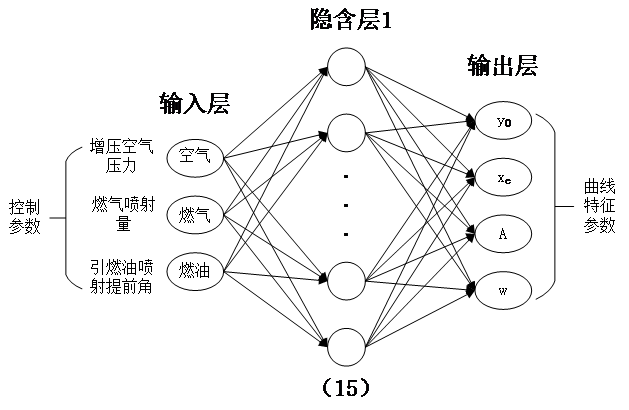
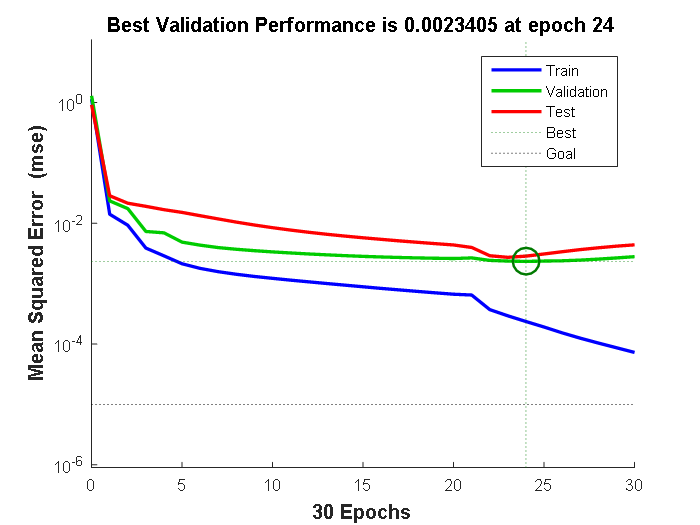
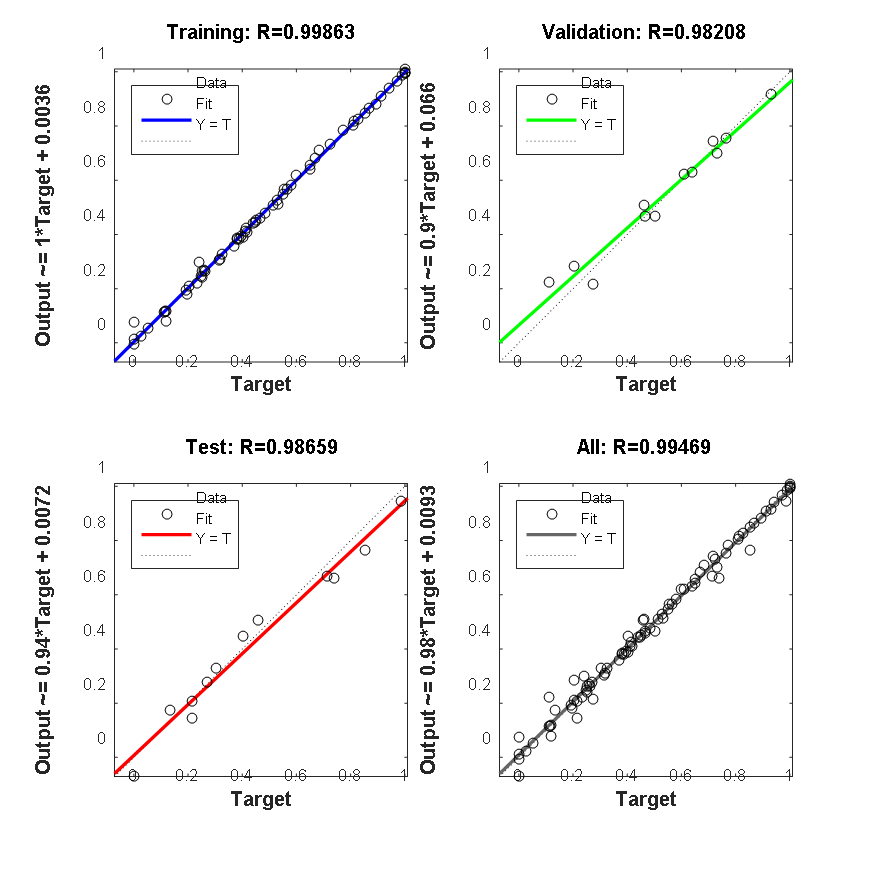
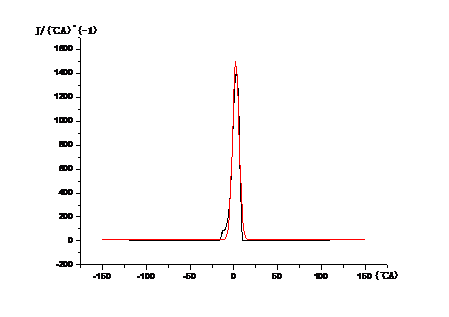
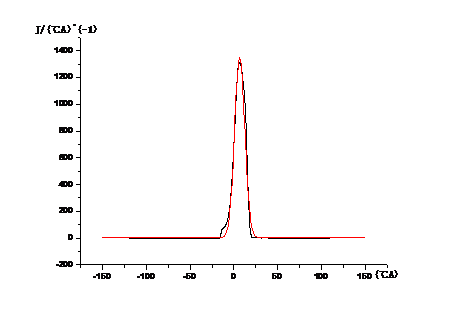
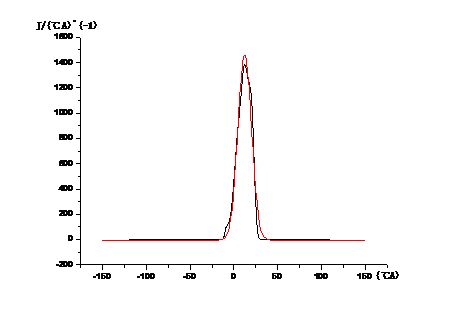
课题毕业论文、开题报告、任务书、外文翻译、程序设计、图纸设计等资料可联系客服协助查找。



